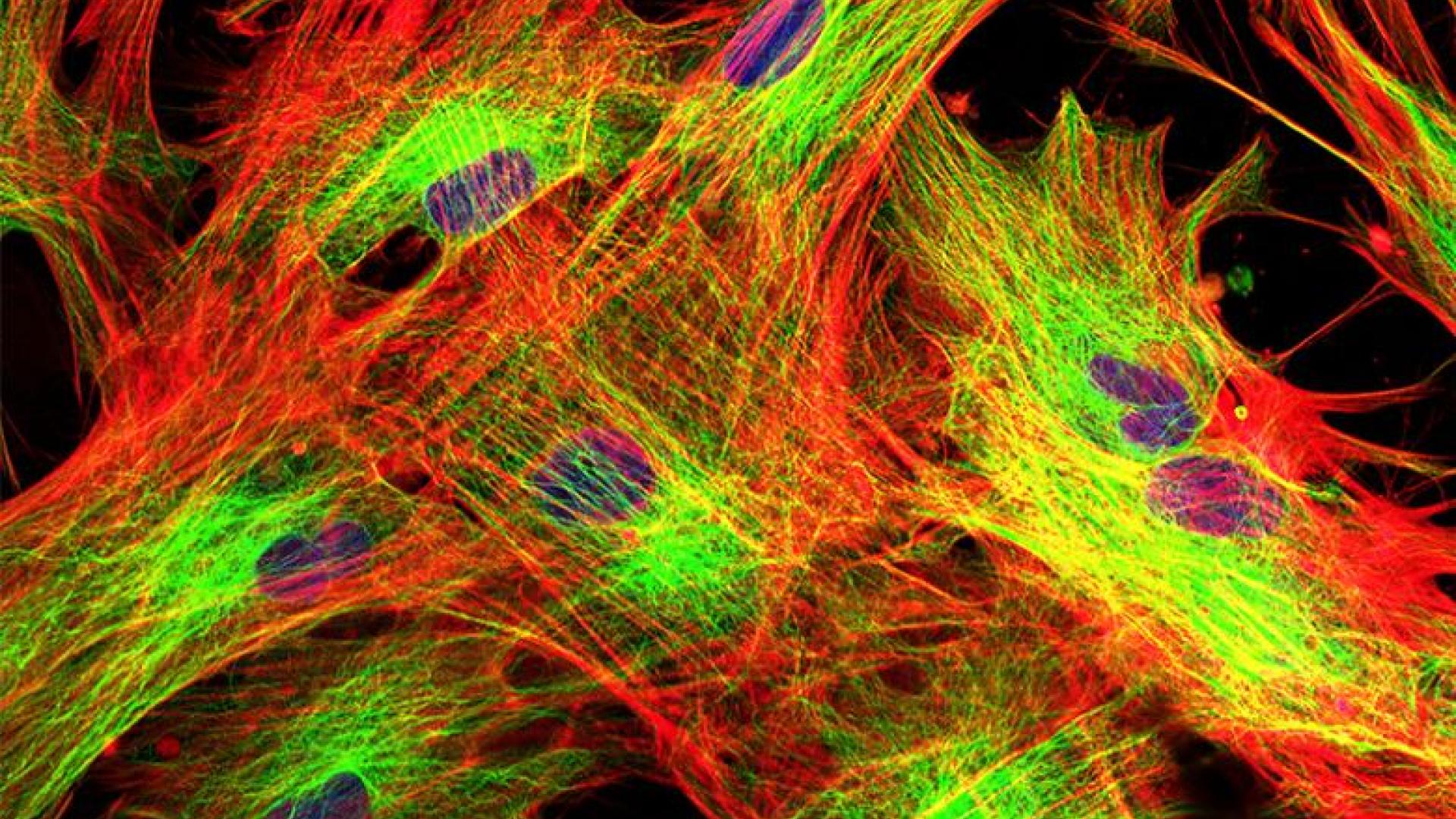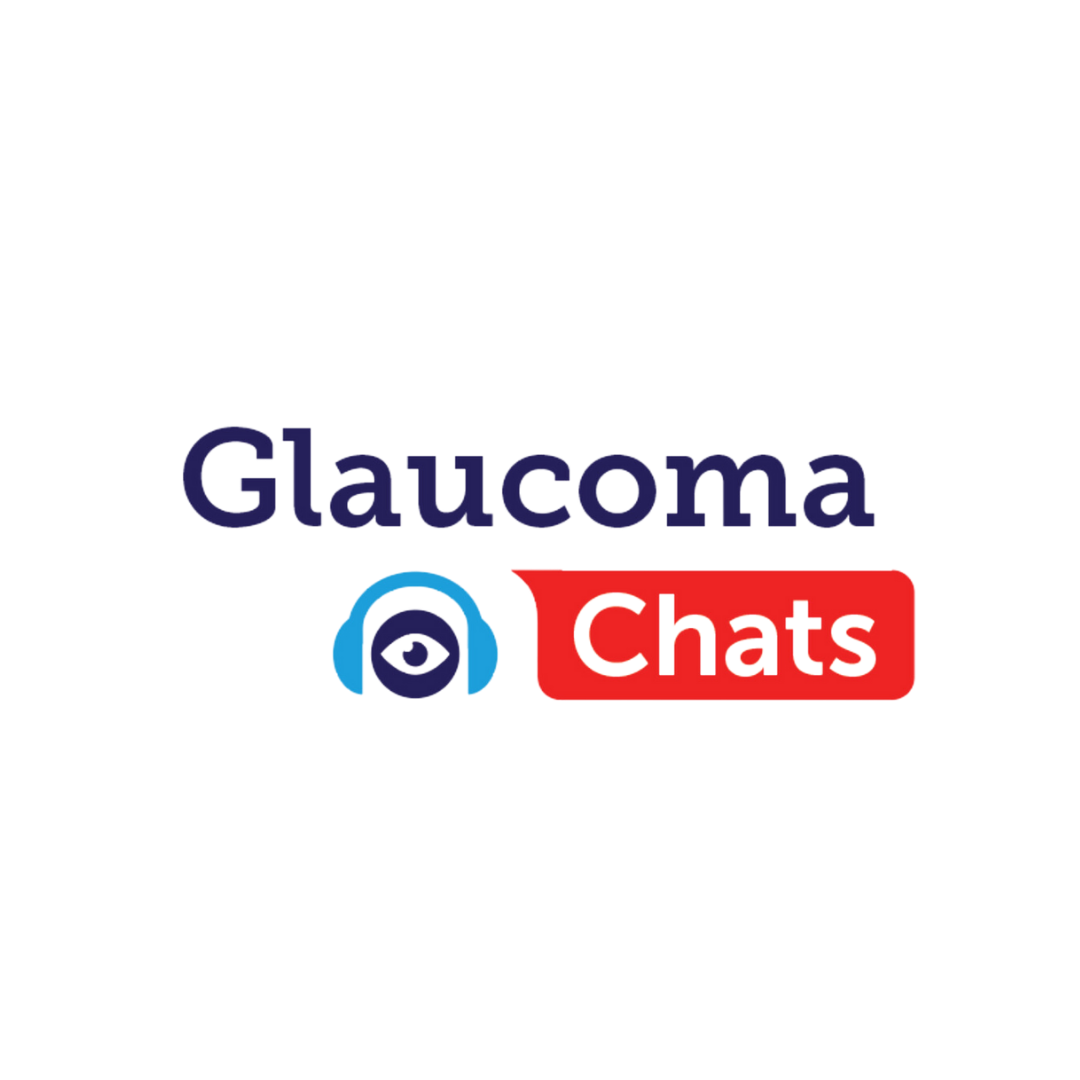Eye drops are the most common treatment for glaucoma. The best treatment for you will depend on the type of glaucoma you have, its severity, and how well you respond to drugs, laser treatment, or surgery. While some types of glaucoma require different approaches, most therapeutic strategies attempt to lower intraocular eye pressure (IOP), the main risk factor associated with most types of glaucoma.
Eye Drops
Doctors use several types of eye drops to treat glaucoma, categorized below by their active ingredient. They either decrease the amount of fluid (aqueous humor) in the eye or improve its outward flow, and some do both. Sometimes doctors will prescribe a combination of eye drops.
Prostaglandin analogs work as a vasodilator, meaning they expand the blood vessels in your eye. This helps aqueous humor leave the eye through the uveoscleral pathway. From there, it is disposed of through the lymph system. This class of medication developed for the treatment of open-angle glaucoma can reduce IOP by an average of 18–31% with relatively minor side effects, such as eye sensitivity and irritation, as well as flu-like side effects which come and go. Sometimes these drugs cause eye color to darken or change. They can also cause hollow or sunken skin around the eyes and eyelash growth. Common prostaglandin analog medications are latanoprost (Xalatan®); bimatoprost (Lumigan®); travoprost (Travatan®); tafluprost (Zioptan®); and latanoprostene bunod ophthalmic solution (Vyzulta®).
Prostaglandin analog can also be released through an eye implant, reducing the need for daily eye drops. These include:
- iDose® TR (travoprost intracameral implant, 75 mcg): Provides up to three years of 24/7, continuous drug therapy directly inside the eye.
- Durysta® (bimatoprost intracameral implant): A long-term, biodegradable eye implant to reduce eye pressure in people with ocular hypertension or open-angle glaucoma.
Beta-blockers lower intraocular eye pressure by reducing aqueous humor production and decreasing the rate at which fluid flows in the eye. Beta-blockers may cause side effects including low blood pressure, reduced heart rate, and shortness of breath. Common beta-blockers include timolol (Betimol®, Ocumeter®, Timoptic®, Timoptic XE®); levobunolol (Betagan®); carteolol (Ocupress®); metipranolol (OptiPranolol®); and betatoxol (Betoptic®).
Alpha adrenergic agonists lower intraocular eye pressure by reducing aqueous humor production and increasing its outflow through the uveoscleral pathway. Side effects include blurry vision, fatigue, and increased heart rate and blood pressure. These include brimonidine (Alphagan®); dipivefrin (Propine®); apraclonidine (Iopidine®); and epinephrine (Glaucon®, Epifrin® Eppy/N®, Epinal®).
Carbonic anhydrase inhibitors reduce fluid production in the eye and may also improve blood flow to the retina and optic nerve. These are available as eye drops as well as pills. When administered as eye drops (dorzolamide Trusopt®] and brinzolamide [Azopt®]), side effects may include stinging, loss of appetite, and taste changes. When taken by mouth (acetazolamide [Diamox®] and methazolamide [Neptazane®]), they are associated with more unpleasant and/or dangerous side effects, including depression, stomach problems, and weight loss, and there is an increased risk of serious anemia and kidney stones with long-term use.
Miotics, also called cholinergic agents, cause eye tissues to contract, opening drainage pathways and increasing the outflow of fluid from the eye. Side effects include eye irritation, allergy symptoms, and an increased risk of near-sightedness and cataracts. These include pilocarpine (Isopto Carpine®, Pilocar®); echothiophate (Phospholine Iodide®), and an ophthalmic gel ointment pilocarpine (Pilopine HS ointment®).
Rho kinase (ROCK) inhibitors reduce eye pressure by increasing the outward flow of fluid from the eye. Side effects may include eye redness, stinging, and corneal deposits. This class of glaucoma medications includes netarsudil ophthalmic solution (Rhopressa®).
Hyperosmotic agents rapidly lower intraocular eye pressure by decreasing vitreous volume, the gel-like fluid that fills the cavity behind the eye’s lens. Side effects can be severe and include headache, back pain, heart symptoms like angina and pulmonary edema, and even seizures or strokes. These drugs are used in an emergency to rapidly reduce eye pressure in acute situations. Generic names include glycerine or isosorbide (both oral formulations) and mannitol (intravenous).
Combination medications include two or more of the above medications combined in a single formulation to achieve better results. They include eye drops dorzolamide and timolol (Cosopt®); latanoprost and timolol (Xalacom®); brimonidine and timolol (Combigan™); brimonidine and brinzolamide (Simbrinza™), and netarsudil and latanoprost (Rocklatan™).
Laser Surgery
Laser surgery is the most frequently used procedure to treat open-angle, angle-closure, or neovascular glaucoma. It normally lowers eye pressure, but the length of time that pressure remains low depends on many factors, including age, type of glaucoma, and any other medical conditions that may be present. The most common side effects of laser surgery are temporary eye irritation and pain, blurred vision, and a small risk of developing cataracts.
Trabeculoplasty: The most common laser procedure used for open-angle glaucoma, this procedure facilitates easier drainage.
Laser Peripheral Iridotomy: Frequently used to treat angle-closure glaucoma, in which the angle between the iris and the cornea is too small and blocks fluid flowing out of the eye. A laser creates a small hole in the iris to allow fluid drainage.
Cyclophotocoagulation: Usually used to treat more aggressive or advanced open-angle glaucoma that has not responded to other therapies. Your doctor directs a laser through the sclera or endoscopically at the eye fluid-producing ciliary body. The procedure helps decrease the production of fluid and lower eye pressure. Patients often need multiple treatments.
Scatter Panretinal Photocoagulation: This laser procedure destroys abnormal blood vessels in the retina that are associated with neovascular glaucoma.
Glaucoma Surgery
Eye doctors often use conventional surgical procedures (also called incisional therapies) for glaucoma after other treatment strategies, such as medications and laser surgery, have failed.
Conventional Surgery: Sometimes called “filtering surgery,” this surgery lowers eye pressure by creating alternative pathways for aqueous humor to drain. In many of these procedures, the conjunctiva, or transparent membranes on the eye’s surface, are lifted and then replaced. They serve as a cover over the eye’s new draining opening. That protects the eye and makes the increase in outflow much more gradual, which helps to stabilize eye pressure.
Trabeculectomy: The ophthalmologist makes an incision in the white part of the eye (sclera) and removes a piece of trabecular meshwork (eye tissue located around the base of the cornea). A fluid bubble will form on the eye’s exterior, creating a new opening through which the aqueous humor flows and enters the bloodstream. Trabeculectomy is also used for infants with congenital glaucoma.
An outpatient surgical procedure using a Trabectome™ is used for open-angle glaucoma. Trabectome surgery normally does not have the side effects associated with a trabeculectomy, although some bleeding may occur during the procedure.
Peripheral Iridectomy: Eye doctors use this procedure for angle-closure glaucoma. The doctor removes a small section of the peripheral iris by incision, which allows fluid to drain more easily from the eye.
Canaloplasty: This procedure uses a small incision to access Schlemm’s canal, the passageway into which aqueous humor flows from the trabecular meshwork. A microcatheter is inserted to clear a channel through Schlemm’s canal. Sometimes a sterile, gel-like material is inserted to expand the passageway further. Canaloplasty is a safe and effective alternative to achieving long-term IOP reductions with a reduced risk of infection.
Drainage implant devices: These implants include tubes, shunts, and other devices placed in your eye to create a new drainage channel. Your doctor may suggest an implant when other forms of surgery haven’t been successful.
About BrightFocus Foundation
BrightFocus Foundation is a premier global nonprofit funder of research to defeat Alzheimer’s, macular degeneration, and glaucoma. Since its inception more than 50 years ago, BrightFocus and its flagship research programs—Alzheimer’s Disease Research, Macular Degeneration Research, and National Glaucoma Research—has awarded more than $300 million in research grants to scientists around the world, catalyzing thousands of scientific breakthroughs, life-enhancing treatments, and diagnostic tools. We also share the latest research findings, expert information, and resources to empower the millions impacted by these devastating diseases. Learn more at brightfocus.org.
Disclaimer: The information provided here is a public service of BrightFocus Foundation and is not intended to constitute medical advice. Please consult your physician for personalized medical, dietary, and/or exercise advice. Any medications or supplements should only be taken under medical supervision. BrightFocus Foundation does not endorse any medical products or therapies.
- Treatments








